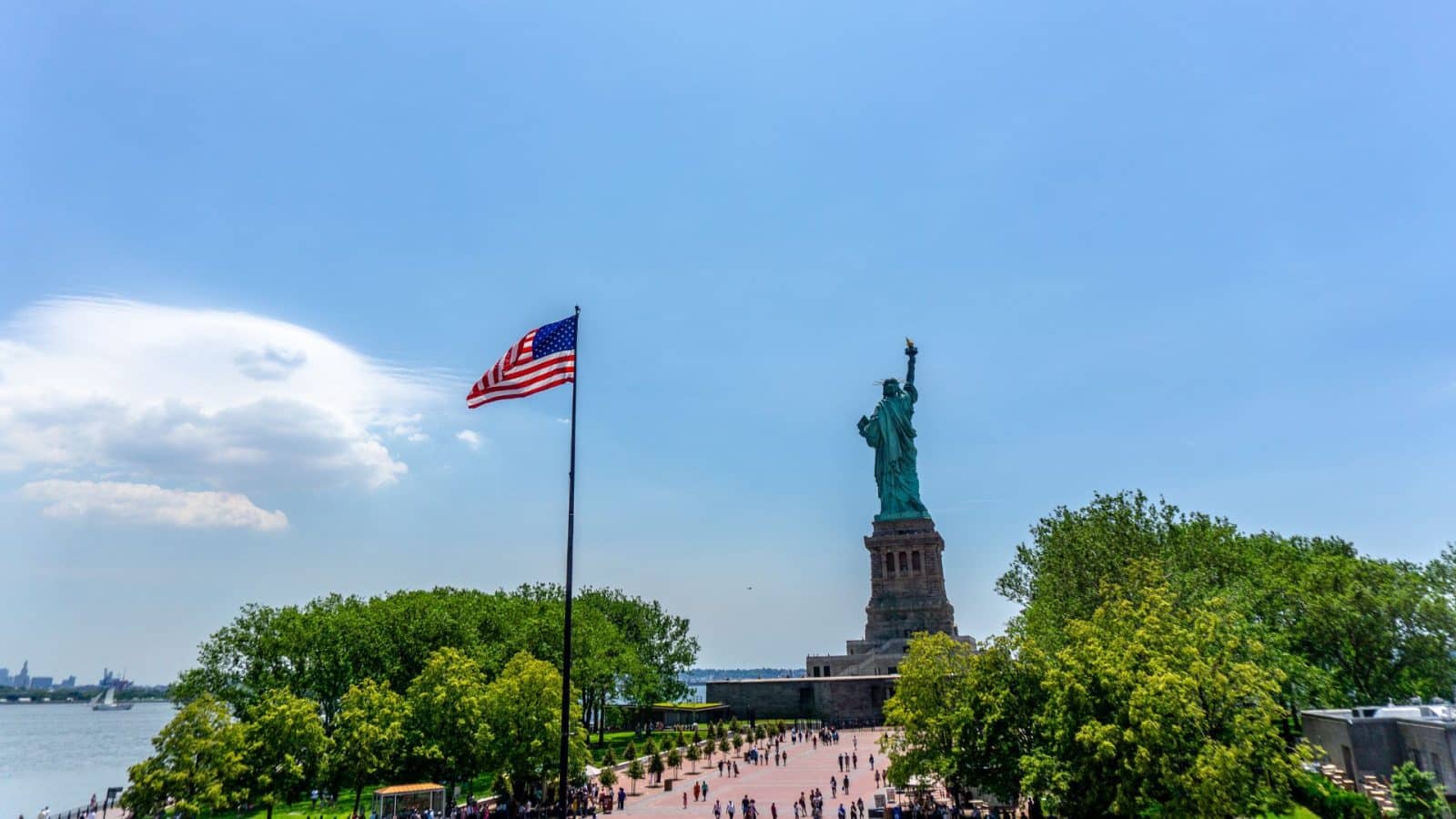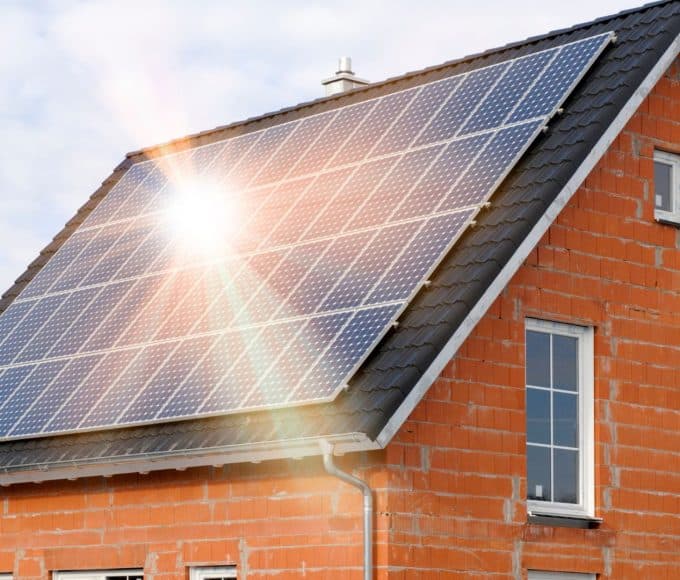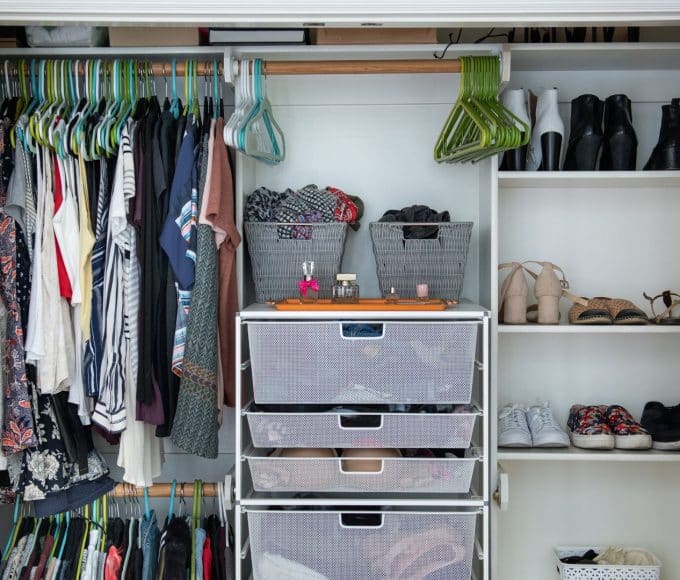Coastal living offers breathtaking views and ocean breezes, but it presents unique challenges for outdoor fixtures. Salt air, relentless humidity, and powerful winds create a harsh environment that can quickly destroy poorly chosen materials. Your flagpole faces these elements daily, which is why the best flagpole materials for coastal areas are built for long-term performance.
Why Material Selection Matters by the Coast
Choosing the right material ensures your flagpole withstands harsh coastal conditions year-round.
Salt Air Creates Serious Corrosion Problems
Ocean spray carries salt particles miles inland, creating an invisible threat to metal surfaces. This salt-laden air accelerates oxidation and corrosion at rates far exceeding inland conditions. Standard materials that perform well in other environments may degrade within months near the coast, leading to unsightly rust stains and structural weakness.
Coastal Winds Cause Structural Weakness
Seaside locations experience stronger, more consistent winds than inland areas. These conditions create constant stress on flagpoles, requiring materials that combine strength with flexibility. Rigid materials may snap under pressure, while weak materials bend permanently or fail catastrophically during storms.
The Best Flagpole Materials for Coastal Areas
Choosing durable, corrosion-resistant materials is key to keeping your coastal flagpole looking great and standing strong.
Aluminum Flagpoles Lead the Pack
Aluminum flagpoles excel in coastal environments due to their natural corrosion resistance and lightweight strength. This material forms a protective oxide layer when exposed to air, preventing further deterioration. Aluminum requires minimal maintenance while providing excellent durability against salt spray and wind stress.
Anodized aluminum finishes offer enhanced protection and aesthetic appeal. These treatments create an even stronger barrier against corrosion while maintaining the material’s natural flexibility. Homeowners appreciate aluminum’s cost-effectiveness and the wide variety of available styles and heights.
Fiberglass Offers Superior Flexibility
Fiberglass flagpoles deliver exceptional performance in extreme coastal conditions. This material doesn’t conduct electricity during storms and provides remarkable flexibility without breaking. Fiberglass poles bend with strong winds instead of resisting them, which reduces stress and significantly extends their lifespan. Many marine and beachfront installations choose fiberglass because it resists corrosion.
Fiberglass never rusts, pits, or deteriorates from salt exposure. If you want to choose the perfect coastal flagpole for your home, fiberglass offers lasting strength and a low-maintenance option that keeps its appearance and structural integrity.
Stainless Steel for Commercial Applications
Commercial property owners might select stainless steel for its superior strength and professional appearance. This material offers outstanding corrosion resistance and can support large flags in high-wind conditions. However, stainless steel’s weight and cost make it less practical for residential installations.
Selecting Your Perfect Coastal Flagpole
Consider your location’s proximity to water and average wind speeds when choosing a flagpole. The best flagpole materials for coastal areas balance durability, maintenance requirements, and aesthetic preferences.
Invest in Quality for Lasting Pride
Choosing the right flagpole material protects your investment and ensures years of trouble-free flag display. Quality materials can be costly but help you save money over time through reduced maintenance and a long lifespan.
Recommended reading: Supplies You Need for Different Home Improvement Projects















